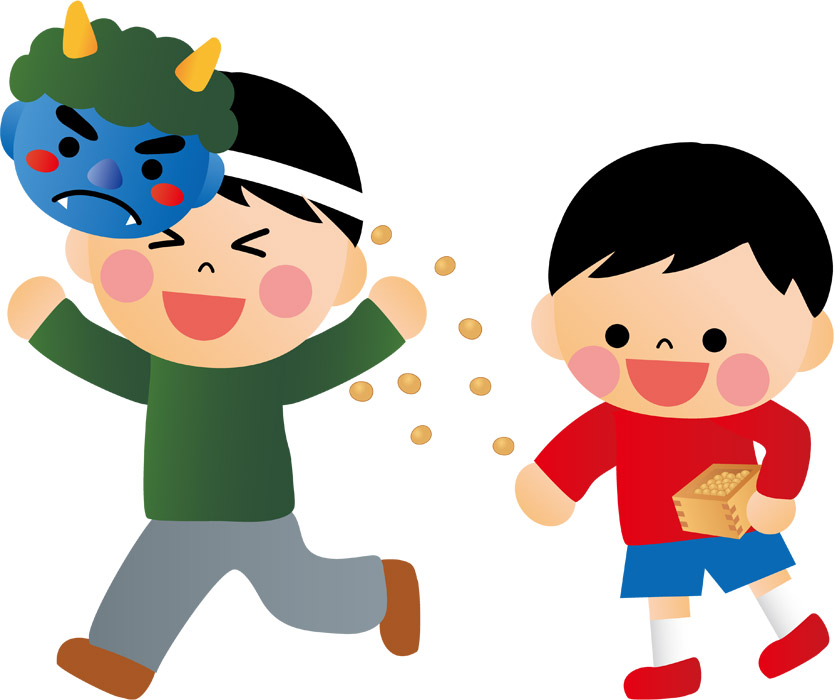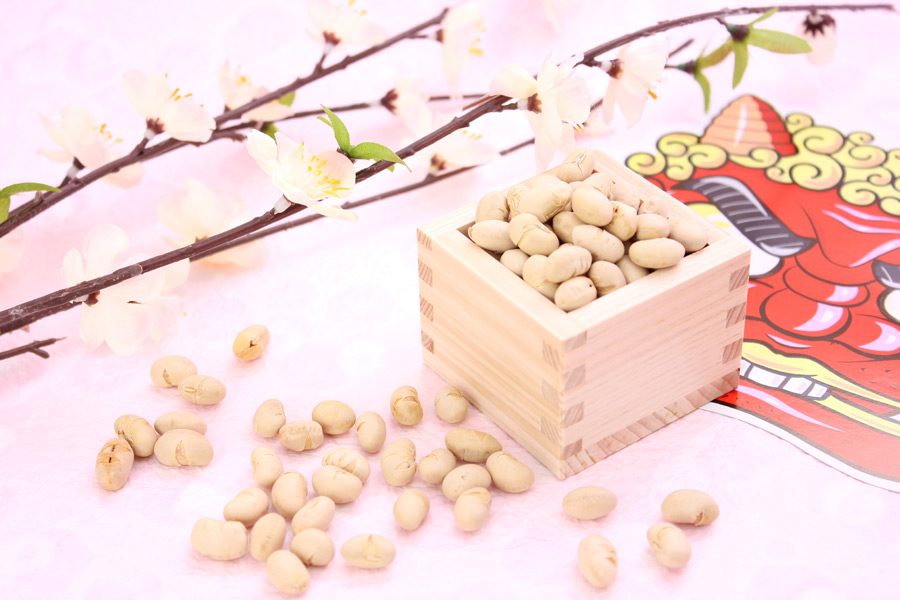Japanese Setsubun Mamemaki
Japan is a land that is diverse and incredibly dense in its cultural aspects.
One of the most astounding and long-awaited festivals in Japan is known as “Setsubun.”
Setsubun refers to the seasons’ division and is usually referred to as the day before a new season begins.
Usually, the reference is crafted for the spring season, but other Seasons such as winter, summer, and autumn are no different.
Setsubun involves a series of various celebrations and festivities for the people.
One such festivity is known as mamemaki, which is also known as the bean throwing festival.
Origin and a brief history
Japanese culture finds its roots in China, where people do use a lunar calendar to set their affairs straight.
This is the main reason why most of the Japanese traditions from today are adopted from China and are from the Heian period.
People did abide by these traditions for such long periods that they got stuck around this ever since.
Mamemaki happens to be the same custom that finds its origin in Chinese culture.
The current modern form of Setsubun Mamemaki is known to find its origin from the Muromachi period(1336~1573).
How is setsubun mamemaki celebrated?

We celebrate Setsubun at 2nd Feb.
As illustrated earlier, this festival involves throwing lucky beans at people.
Mamemaki is performed a day before the first day of the spring.
The original thought behind these festivities is a belief that a day before the start of spring, which is setsubun, brings the spiritual world closer to the physical world.
This is how everything got rolled into the mamemaki celebration on the day of the setsubun.
The brief interaction involves wearing ‘oni‘ or otherwise known as the demon masks, and others who are throwing dry soybeans at them.
The throwing of dry soybeans represents the practice that finds its roots in older Japanese customs.
The belief is simple, and it involves driving these evil spirits away that might have wandered too close to the physical world.
The necessary process involves the preparation of the lucky beans (fuku mame) that are roasted and tossed at the crowd at random.
Usually, the process involves throwing these beans onto the people that are wearing the demon mask, which is also selected randomly.
But most of the time, the beans will be scattered randomly into the crowd.
Most of the time, the people wearing a demon mask are volunteering to put on the mask and throw roasted beans on them.
When the public is throwing beans, a familiar chant is also said aloud, which translates into “demons get out and good fortune come in.”
“Oni wa soto , Fuku wa uchi”.
The Japanese setsubun mamemaki traditionally should be done at every setsubun before the start of the new season, but spring is the common norm among the people, and the whole thing is usually done for the spring season.
Not only soybeans but also peanuts are also actively used to throw at the ‘oni’ or people with the demons costume.
There is, however, no specific duration for which the rituals might go on.
For most people, it can last as much as their soybeans present in a dedicated container last.
Someone who has emptied their container throwing soybeans at the ‘oni’ might choose to leave the celebration as their work is done or join the visitors’ crowd to pick soybeans for themselves or nourish their luck.
This way, people continue to take turns throwing soybeans and becoming ‘oni’ while at the same time picking some of the soybeans off the ground as a chance of getting their hands on as much luck as possible.
Where do the main events for this celebration take place?
The main events take place at the Naritasan Shinshoji Temple and Zojoji Temple.
Here various special celebrities are invited to throw roasted soybeans and peanuts on the strangers present in the crowd.
These soybeans represent good luck, and visitors from the crowd try their best to occupy as many beans as possible.
It manifests that more number of beans will bring more and more prosperity to the person acquiring these.
These temples are the prime spots where the main attraction takes place regarding Japanese setsubun mamemaki.
If you can’t make your way to the main event or public gathering, then there is no reason not to celebrate this tradition at home.
The head of the children’s family or father will buy soybeans from a local grocery store and dress like a red demon.
Children will throw beans at their father, which he brought earlier for them.
Whereas many families also throw beans outside of their house.
Those who can’t make their presence at a dedicated event or celebration join in a big friend’s or a family member’s home and continue with their setsubun mamemaki celebration there.
People at the event are also advised to eat a certain number of beans that equal their age.
It will ensure luck, wealth, and happiness for that person regarding the following year.
Each year, in trying to get their hands on as much luck as possible, people will eat ehomaki, a particular sushi roll, while facing a dedicated direction.
According to a few customs, it brings the person eating the sushi with lots and lots of luck while helping them to keep their demons at bay.
Setsubun Mamemaki and children’s safety
In a nutshell, setsubun mamemaki is a celebration that offers a lot to its participants.
It also provides a variety of different rituals that can be enjoyed by adults and children alike.
Government and the national center for child health and development, in particular, urges the parents to be extremely cautious with their children during their participation in such rituals.
There have been various cases of unsupervised interaction on the parent’s end when it comes to allowing the children to handle soybeans as many children fall prey to unintentional choking due to the soybeans.
That is why immense care is required to make sure that such incidents don’t happen consistently and everyone could have a chance of enjoying this incredible festival.
Let’s learn Japanese related to Setsubun , Mamemaki
| English | Japanese | Hiragana | How to Pronounce |
| Bean throwing festival | 豆まき | まめまき | Mamemaki |
| soybeans | 大豆 | だいず | Daizu |
| peanuts | ピーナッツ | ぴーなっつ | Piinattsu |
| Japanese demon | 鬼 | おに | Oni |
| Japanese Mask | お面 | おめん | Omen |

Thank you !




Comments